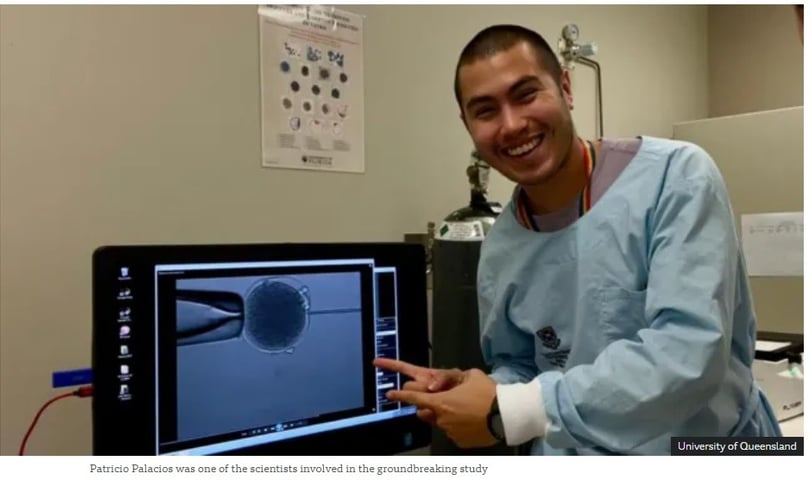Australian Scientists Achieve World’s First Kangaroo Embryo Through IVF
NEWSVIRAL


Australian Scientists Achieve World’s First Kangaroo Embryo Through IVF
Australian researchers have successfully created the world’s first kangaroo embryo using in vitro fertilisation (IVF), marking a major breakthrough in marsupial conservation. Scientists from the University of Queensland used a technique called intracytoplasmic sperm injection (ICSI), where a single sperm cell was injected into an egg, to create the embryo.
A New Frontier in Marsupial Conservation
While achieving a live birth will require further advancements, this milestone could pave the way for preserving endangered species such as the koala, Tasmanian devil, northern hairy-nosed wombat, and Leadbeater’s possum. Lead researcher Andres Gambini emphasized that this research provides crucial insights into marsupial reproduction, an area that has been largely unexplored.
Understanding the Process
The study involved using reproductive specimens from eastern grey kangaroos, a species chosen due to its high population. The eggs and sperm were grown in a lab before undergoing fertilization via ICSI, a technique commonly used in humans and some domestic animals. The research team is now refining methods to collect, culture, and preserve marsupial reproductive cells to safeguard biodiversity.
A Global Effort to Save Endangered Species
This breakthrough follows other successful uses of IVF in wildlife conservation. Last year, scientists in Kenya achieved the world’s first IVF rhino pregnancy, and in 2018, the first IVF donkey embryo was created. With Australia having the highest mammal extinction rate, such techniques could play a crucial role in preserving its unique wildlife.
